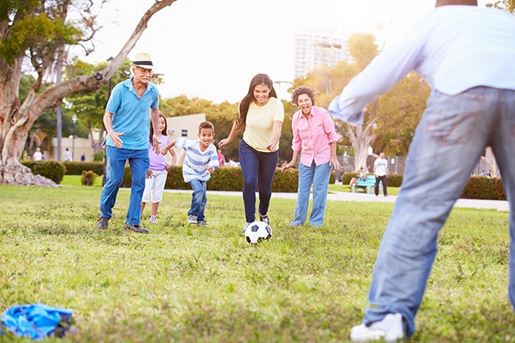Supporting Physical Activity in Patients and Populations During Life Events and Transitions
Published: December 01, 2021

- There are facilitators and barriers to physical activity that occur with typical life events during each stage, from early childhood to late older age, that can inform clinical and population strategies to maintain physical activity across the lifespan.
- Life transition events such as entering high school or college, structured versus unstructured days (school days versus summer/online school), getting married or divorced, pregnancy and parenting, initiating, or retiring from work, or receiving a major health diagnosis, are often associated with some disruption of established routines, including physical activity patterns.
- This statement specifically identifies vulnerable subgroups, succinctly addresses factors associated with resilience or susceptibility to life transition events and provides tools for the health care professional to promote physical activity during and after life transition events.
Supporting Materials
- Commentary: Encouraging Physical Activity During Key Life Events and Transitions by Kara M. Whitaker, PhD, MPH
- Top Things to Know: Supporting Physical Activity in Patients and Populations During Life Events and Transitions
- News Release: Major life events influence level of physical activity, may negatively impact heart health
Recommended Reading
- 2019 ACC/AHA Guideline on the Primary Prevention of Cardiovascular Disease
- 2013 AHA/ACC Guideline on Lifestyle Management to Reduce Cardiovascular Risk
- 2013 AHA/ACC/TOS Guideline for the Management of Overweight and Obesity in Adults
- Routine Assessment and Promotion of Physical Activity in Healthcare Settings
- Prioritizing Functional Capacity as a Principal End Point for Therapies Oriented to Older Adults With Cardiovascular Disease
- Cardiovascular Risk Reduction in High-Risk Pediatric Patients
- Menopause Transition and Cardiovascular Disease Risk: Implications for Timing of Early Prevention